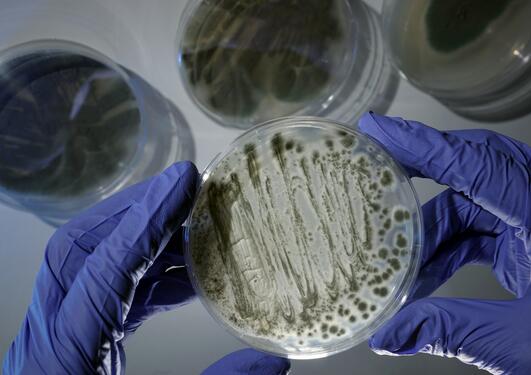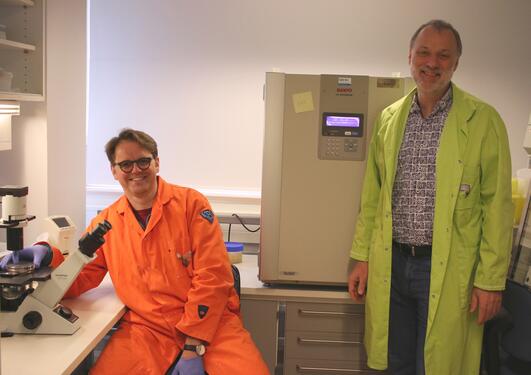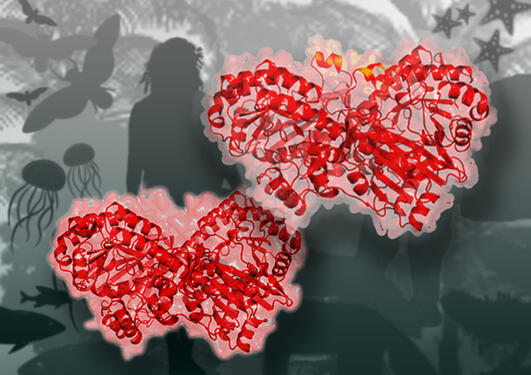
Most biological processes require energy and are tightly regulated. Energy is extracted from food supplies and eventually transformed into ATP, the universal energy carrier of the cell. These pathways consist of many reactions which involve NAD or NADP, small molecules which serve as intermediate energy transmitters.
Vitamin B3 is essential for the synthesis of the nucleotides NAD and NADP. Interestingly, the key molecules in energy transduction also have important roles in the regulation of all vital cellular activities.
Our current work is aimed at further dissecting the molecular mechanisms of this network connecting cellular energy and signalling transmission.
The group is part of the research unit Systems Biology and Translational Cell Signaling.



